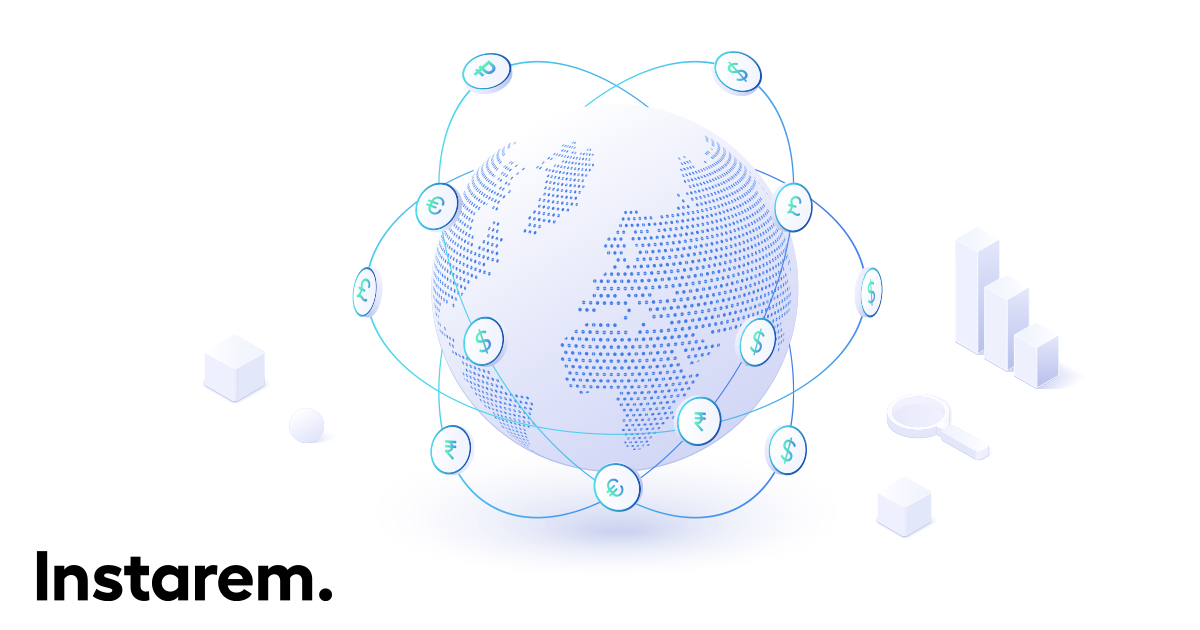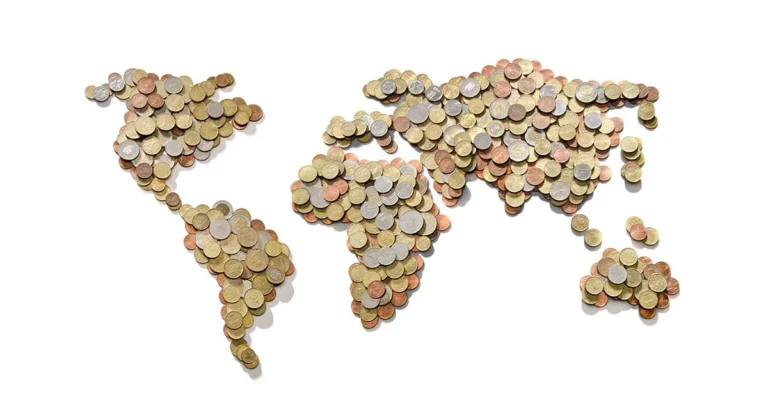Demystifying The Cross-Border Remittances Ecosystem


Instarem stands at the forefront of international money transfer services, facilitating fast and secure transactions for both individuals and businesses. Our platform offers competitive exchange rates for popular currency pairs like USD to INR, SGD to INR, and AUD to INR. If you're looking to send money to India or transfer funds to any of 60+ global destinations, Instarem makes it easy for you. We are dedicated to simplifying cross-border payments, providing cutting-edge technology that support individuals and businesses alike in overcoming traditional fiscal barriers normally associated with banks. As a trusted and regulated brand under the umbrella of the Fintech Unicorn Nium Pte. Ltd., and its international subsidiaries, Instarem is your go-to for reliable global financial exchanges. Learn more about Instarem.

So, if you’re planning a stint as an international student soon, here’s how…

Key takeaways Why Hong Kong is considered a free port When it comes to doing…

Key Takeaways Importing goods into Australia is a common practice across various industries, driven largely…

Whether you’re a small brand sending products into Malaysia or a shopper surprised…

Key Takeaways Why import tax matters for businesses in Singapore Singapore offers one of the…

Mobile payments are becoming the norm in China, so if you’re heading there for…

The Company MOBI Asia is a licensed payment gateway operating across Southeast Asia, powering both…

The Company Based in Singapore, Lovet has built a loyal customer base with its focus…

The company Airserve Marine Travel is a regional leader in corporate and marine travel management…

Gold has long been regarded as a timeless investment, especially during periods of economic uncertainty…













